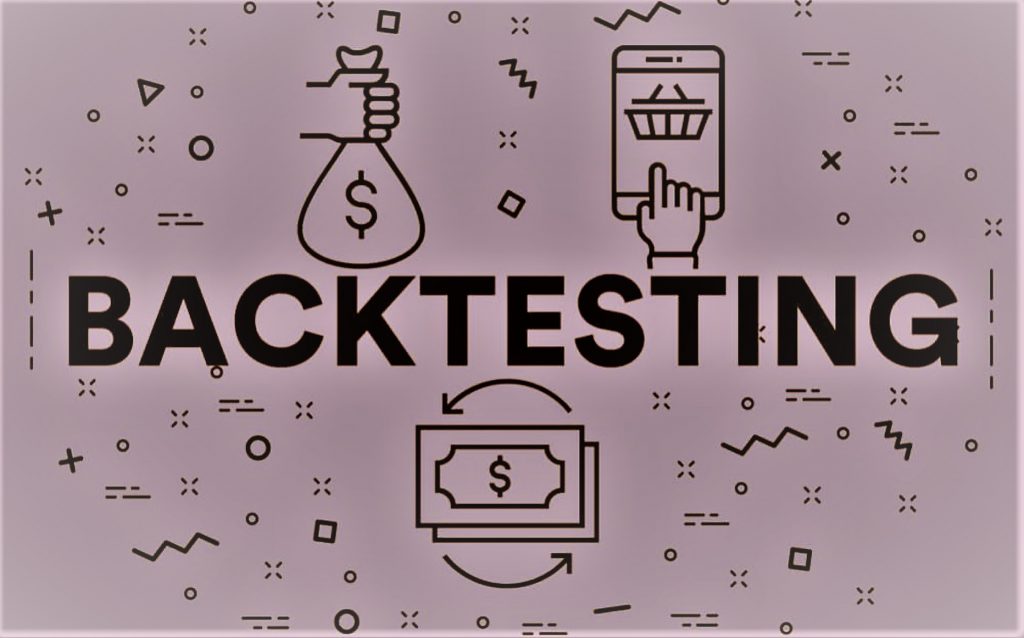VALUE AT RISK / MARKET RISK MODELING
Value at Risk (VaR) is a financial metric that estimates the risk of an investment, a portfolio, or an entity, such as a fund or corporation. Specifically, VaR is a statistic that quantifies the extent of possible financial losses that could occur over a specified period of time. This metric is easy to understand, applicable to all types of assets, and is a universally accepted measurement of risk when buying, selling, or recommending assets.




